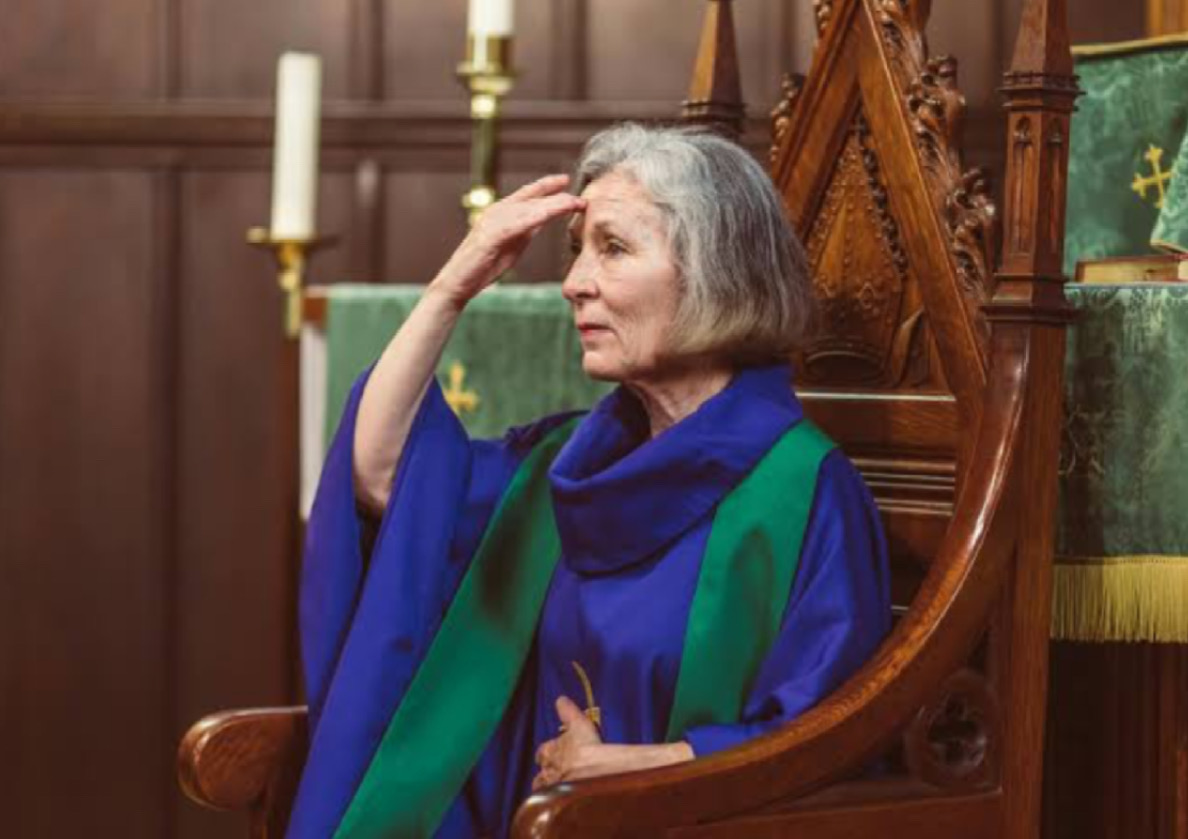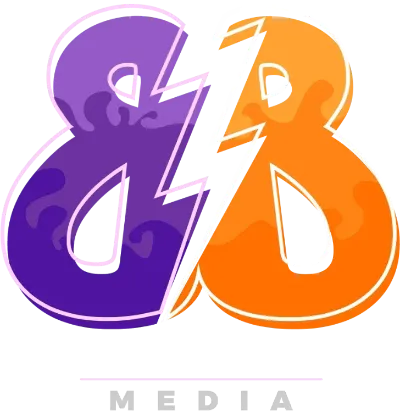Sign of the Cross: A Catholic Tradition Explained

SHARE
Rooted in centuries of tradition, the Sign of the Cross is one of the most familiar and symbolic gestures in Catholic life. Seen at the start and end of prayers, before meals, or upon entering a church, it’s a small yet powerful ritual that speaks volumes about faith and devotion.
Simple in form, yet rich in meaning, this gesture continues to unite generations of believers through a shared act of reverence and reflection.
Marked by the touch of hand to forehead, chest, and shoulders, the Sign of the Cross begins and ends nearly every Catholic prayer and is often made in passing churches, during blessings, or before moments of reflection. Though its motion is familiar, its meaning runs deep.
Tracing back to the early centuries of the Church, this ancient gesture first appeared in the writings of Church Fathers such as Tertullian in the 2nd century, who noted that Christians made the sign on their foreheads regularly, as a mark of identity and protection.
Over time, the gesture expanded into the form we now see today: a vertical and horizontal tracing that mirrors the shape of the cross, invoking the name of the Holy Trinity—Father, Son, and Holy Spirit.
For the faithful, this movement is not a mere habit but a quiet proclamation of belief. It carries both personal and liturgical weight. At Mass, it is seen repeatedly: at the beginning of the service, during the reading of the Gospel (made with small crosses on the forehead, lips, and heart), and at the final blessing. Each motion holds intentional meaning—acknowledging Christ’s sacrifice, invoking divine protection, and sanctifying one’s thoughts, words, and desires.
What makes this ritual especially compelling is its simplicity. Whether whispered in a hospital room or made solemnly before an altar, it transcends setting. For children learning their prayers, it is one of the first rituals they are taught. For adults, it remains a companion in moments of both celebration and sorrow.
It’s not uncommon to see Catholics make the sign when passing a church or in moments of sudden fear or gratitude. Athletes do it before taking the field. Travelers do it before boarding planes.
And grandparents do it before bed, tracing the gesture gently over their grandchildren’s foreheads. Each movement is a quiet testimony to faith that is both inherited and deeply personal.
Though simple, the Sign of the Cross is enduring—a visual and spiritual anchor in the Catholic experience. It reminds the believer of Christ’s Passion and Resurrection, and reorients the heart toward God, if only for a brief moment. In its compact elegance lies a theology of love, sacrifice, and hope.
In the rhythm of everyday life, amid the noise and movement, this small act continues to echo through time. Not flashy. Not loud. Just a quiet reminder of something eternal.
*Cover Photo/Thumbnail Photo from Pexels
RELATED ARTICLES

Unwrap the Ultimate Tech Gifts with the HUAWEI nova 14 Series and the HUAWEI MatePad 12 X (2026), Get Yours Today

HUAWEI Levels Up Selfies and Productivity with the HUAWEI nova 14 Series and the HUAWEI MatePad 12 X (2026), Now Available for Pre-Order

PUMA H-Street is the Holidays’ Sleekest Party Sneaker

ASIAN ACADEMY CREATIVE AWARDS CHINESE MAINLAND STUNS, JAPAN & SINGAPORE TOP WINNERS TALLY

Unwrap the Ultimate Tech Gifts with the HUAWEI nova 14 Series and the HUAWEI MatePad 12 X (2026), Get Yours Today








